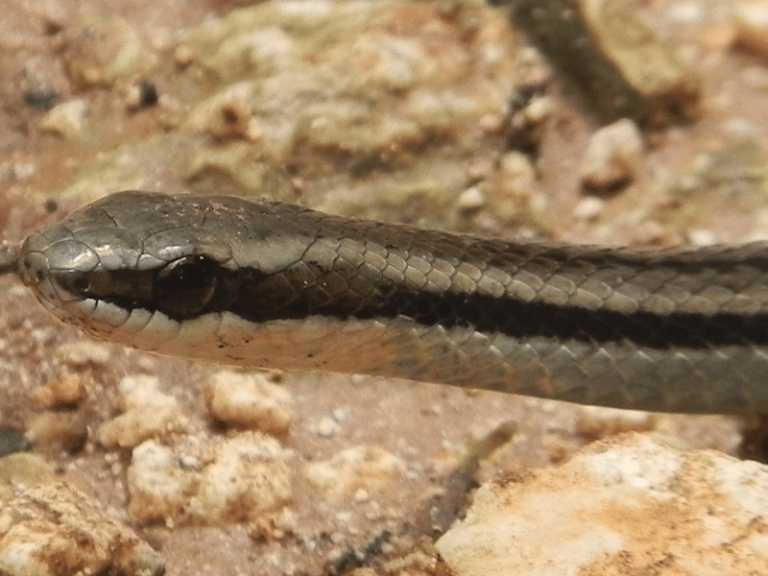When the name “snake” is mentioned, it often instills fear in some people, creating a psychological fear. This is not surprising because people usually hear or talk about the harm caused by venomous snakes. Therefore, when most people see a snake, unless they are experts, they tend to kill it.
In fact, there are two types of snakes: venomous and non-venomous. The general way to distinguish between venomous and non-venomous snakes is by looking at their head shape. Snakes with triangular-shaped heads are usually venomous. This is because the venomous fangs are located on the anterior side of the upper jawbone, and there are two enlarged venom gland sacs on the posterior side of the head, resulting in a triangular-shaped head for venomous snakes. Non-venomous snakes, which pose less risk to humans, receive less attention. However, some non-venomous snakes, such as a certain type of python in Brazil and the yellow-chinned snake found in silk-producing areas of China and Japan, receive attention and legal protection. For example, Brazil explicitly stipulates that if anyone harms a Brazilian python, they will face severe consequences. This is because Brazilian pythons specifically prey on tropical venomous snakes and never harm humans. Tamed Brazilian pythons can even act as babysitters, protecting infants from other predators and venomous snakes. In silk-producing areas of China and Japan, people often see a snake about 1.5-2 meters long, with a dark green back and four distinct longitudinal stripes, known as the yellow-chinned snake. Local residents highly respect it and even consider it the “guardian deity” of the silk industry.
Calling the yellow-chinned snake a “guardian deity” or “green general” is reasonable. It lacks venomous fangs and has a non-threatening body color.
As a result, people are less likely to fear it upon seeing it, especially since it tends to stay away from humans.
The yellow-chinned snake’s main prey includes rodents and small birds. It has a habit of climbing onto the roofs of houses to hunt for rodents. Rodents often disturb the silk production process by preying on silkworms in silk houses, posing a significant threat to the silk industry. However, the yellow-chinned snake can effectively control them. Therefore, when yellow-chinned snakes appear in silk-producing areas and granaries, people treat them like house cats, protecting them.

